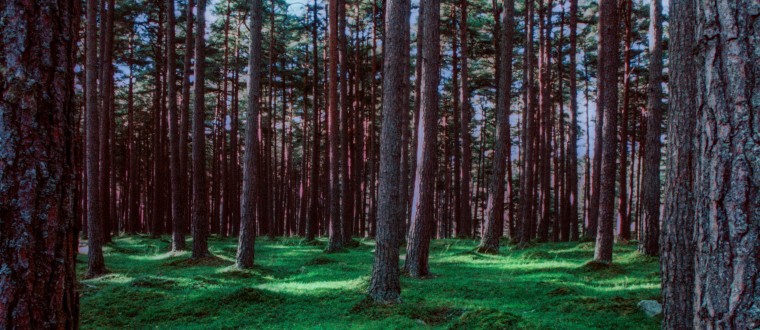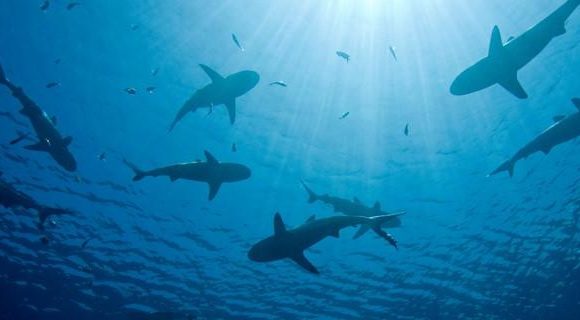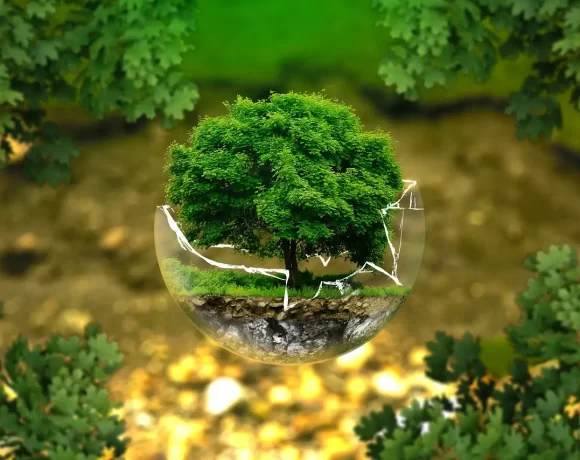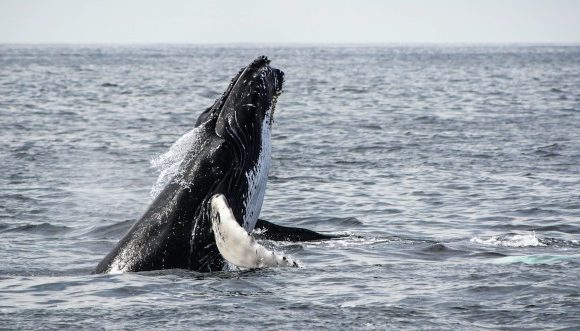£5.5 Million Cairngorms Wildlife Project Aims to Plant One Million Trees

Located in Northeast Scotland, Cairngorms National Park is the largest of its kind in the British Isles, but its wildlife has been threatened over the years, mostly due to a decline in trees in the area. This year, an initiative led by the River Dee Trust charity aims to plant one million trees in the Cairngorms as part of a £5.5 million wildlife restoration project to address the decline in salmon numbers. The Dee District Salmon Fishery Board supports this plan.
According to Dr. Lorraine Hawkins, director of River Dee: “Atlantic salmon are now virtually extinct across their southern European range and are vanishing fast in the south of England. All the major Scottish salmon rivers have seen drastic declines. At current rates, we have just 20 years to save the species.”
A decline in the number of salmon in the area has been primarily related to increased temperatures in the river that causes damage to young salmon stocks.
According to figures from the Scottish government, the number of Scottish Atlantic salmon has declined by more than 50% from 1.25 million in the 60s to just 600,000 in 2016.
If the decline in wild salmon in the Dee, Tay, Spey and Tweed continues, experts warn that Scotland could be seeing its “last generation of angling.”
With Scottish angling contributing over £100 million to the economy and providing 2,800 jobs for Scottish people, a decline in salmon could cause some serious problems in livelihood for the locals. Angling in the River Dee alone generates at least £15 million annually.
The restoration project aims to plan trees that will help provide shade on tributaries of the Dee to maintain river temperatures to where young salmon stocks could survive. Dr. Hawkins explained: “Of all the major Scottish rivers, the Dee is especially vulnerable to extreme temperatures because of its land use. We are determined to do everything e can to help nature help itself.”
“We must provide shade against more of the extreme temperatures we have been told to expect while restoring a whole ecosystem that’s been degraded over many centuries. This will help our threatened salmon, and all wildlife will benefit,” she added.”
More than 200,000 trees have already been planted so far and the goal of the project is to plant one million trees over the next 15 years by doubling the planting efforts.
Some of the species being planted on the Dee are willow, alder, rowan, birch, Scots pine and aspen. These trees were chosen because they were believed to be common in this area thousands of years ago.
Saving the Cairngorms wildlife definitely takes a lot of effort and hard work. But this project is proof that the little things can also have a huge impact to the greater goal.
Even the trust’s fisheries office Colin Esson is helping with the planting by hand saying that, “hopefully it should give a bit of shelter not only to the animals but to the river.” By giving the young salmon stock the best chance of survival, they can flourish and leave their native rivers, ensuring a continuous supply of salmon for anglers over the next few years.
Sources:
BBC – One million trees to be planted in Cairngorms wildlife project
Read more about Atlantic salmon
Read about the 10 most endangered marine species















